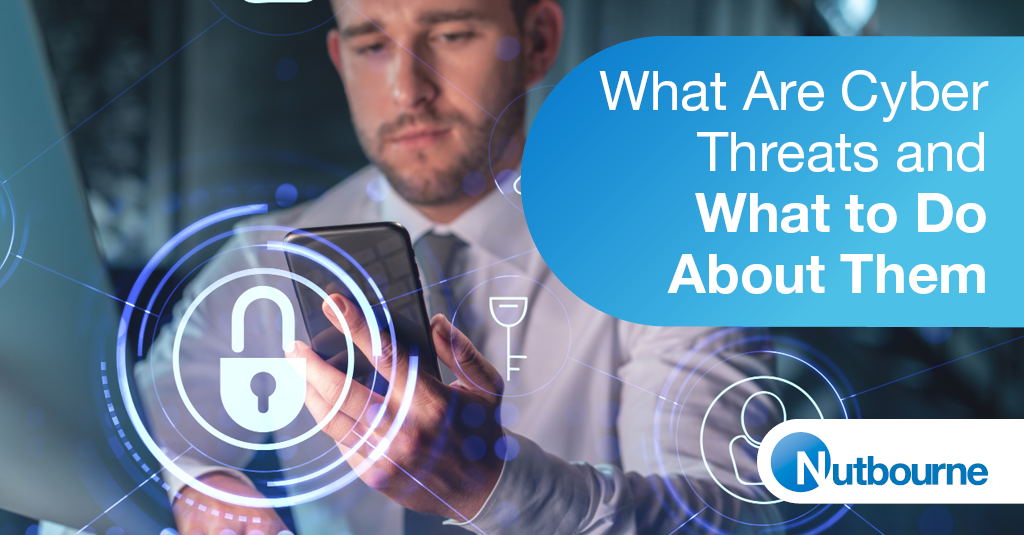Your workforce is more connected today than it’s ever been, which means that fundamentally it’s open to more cyber security threats than it ever has been too. As a company, you’re connected to networks, devices, applications and data centres, each of which is potentially vulnerable to attacks.
Like technology, the types of cyber threat have grown and become more sophisticated. The most common threats include data breaches, identity theft, malware, ransomware, phishing attacks and social engineering. Of course, cyber security has grown to help protect individuals and organisations.
And as the internet has grown, so too have the range of protections. Cyber security has become more specialised to include application security, network security, cloud security, data loss prevention, identity and access management, mobile security and endpoint security.
So what does an effective cybersecurity approach look like? Well, it should be dynamic and flexible, covering three specific parts: people, processes, and technology. Although basic, working towards the pointers below can help to dramatically reduce your risk of cyber attack.
People
Your people are your biggest weak point. As the end users of systems, devices and applications they are often targeted by cyber criminals. They need to understand security best practise, learn how to correctly and safely managed data, and should understand how to spot potential attacks and how to respond if the company is breached. This is doubly important given the rise in mobile and flexible working practices.
Processes
Processes help people know how to respond to or prevent a threat. Typically, a process is outlined in a business continuity or disaster recovery framework. The framework should explain how threats are detected, removed and prevented. The process also helps protect a system by detailing how to strengthen it with policies all end users should follow – like password strength and mandatory system updates.
Technology
Technology helps processes work together. Security tools are used to carry out cybersecurity defences. These include things like firewalls, anti malware and antivirus software, DNS filters and intrusion detection systems. These are like a first line of defence that allow you and your workforce to use the web for work with peace of mind.
In an increasingly connected world, organisations need to take precautions. Safeguarding your personal, intellectual and sensitive information is a huge priority. Staying informed of both threat intelligence and being cautious about internet activity is a good way to start building a cyber defence strategy.
For help and advice on getting your people, processes and technology up to scratch, visit Nutbourne.com.

